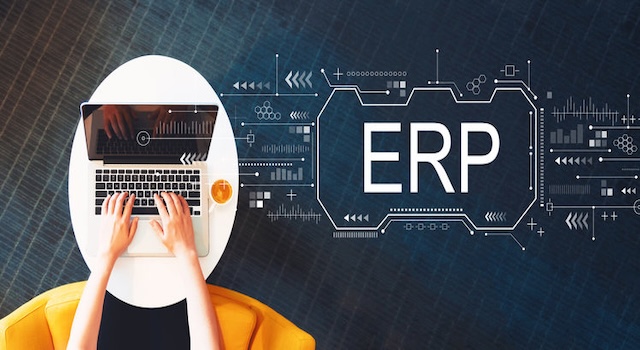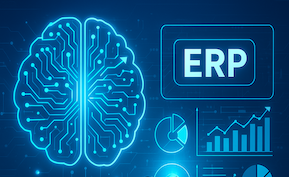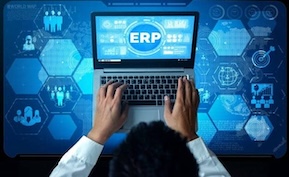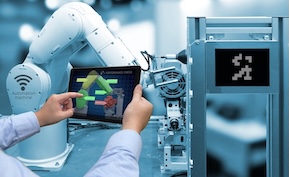From Legacy to Cloud: Building a Business Case for ERP Replatforming
Replatforming to a cloud ERP system is one of the most significant financial and operational decisions a company can make. For many mid-sized and enterprise manufacturers, legacy ERP environments are slowing growth, limiting visibility, and inflating IT costs. This article explains how to build a strong business case for ERP modernization that wins executive approval and delivers measurable value.
Understanding the true cost of legacy ERP
Legacy systems often hide their costs behind maintenance contracts, manual workarounds, and integration inefficiencies. The result is higher total cost of ownership and reduced agility. A strong business case begins by quantifying these inefficiencies—time lost in reporting, duplicated data entry, and missed revenue opportunities caused by poor visibility.
Defining modernization goals that matter
Executives respond to measurable outcomes, not technical upgrades. Translate ERP replatforming goals into clear business metrics such as reduced close cycles, lower inventory carrying costs, or improved order accuracy. Each metric should align with a corporate priority, ensuring that the ERP migration is positioned as a growth enabler rather than an IT expense.
Evaluating the benefits of cloud ERP
Cloud ERP offers scalability, security, and access to real-time data. It reduces infrastructure costs and ensures that updates and compliance requirements are handled automatically. Cloud-native platforms also support emerging technologies like automation, artificial intelligence, and predictive analytics—capabilities that are now essential for competitive advantage.
Modeling ROI and payback timelines
When presenting the financial case, focus on both cost savings and productivity gains. Include tangible benefits such as reduced manual effort, faster decision-making, and fewer errors, as well as strategic benefits like improved agility and faster innovation. A well-documented ROI model should outline payback within a reasonable timeframe to build executive confidence.
Aligning stakeholders and governance
ERP modernization touches every department, making cross-functional alignment critical. Involve finance, operations, supply chain, and IT leaders early to ensure buy-in and shared ownership. Establish a governance structure that defines decision-making authority and escalation paths to prevent delays once the project begins.
Mitigating risk through phased execution
Replatforming can be done incrementally to reduce business risk. Start with core financials or a single business unit before expanding to other functions. This phased approach allows for early wins, builds confidence, and provides valuable lessons before the full rollout. Each phase should be measured against predefined success criteria.
Building executive momentum
A successful business case tells a compelling story of operational improvement, cost control, and scalability. Focus on how cloud ERP enables faster growth, supports expansion, and strengthens decision-making. Once leadership understands that modernization directly supports strategic goals, the conversation shifts from cost to opportunity.
The takeaway
Replatforming to cloud ERP is not just an IT initiative—it is a strategic investment in the company’s future. A clear, data-driven business case that connects modernization to financial performance and agility ensures long-term buy-in and measurable impact. With the right approach, ERP transformation becomes a foundation for sustainable growth.







